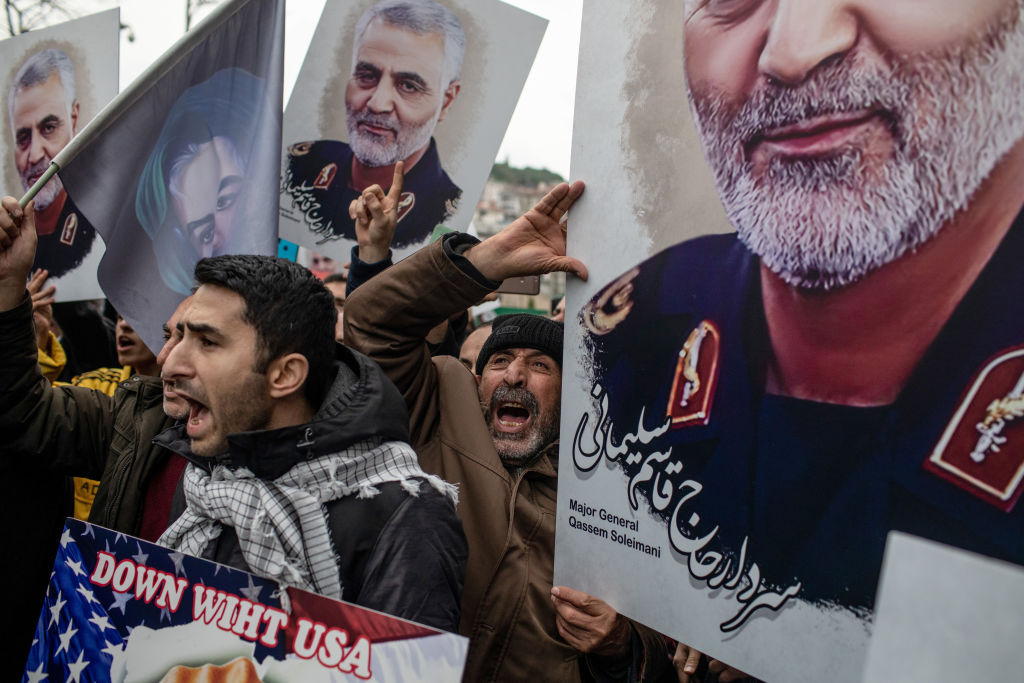US President Donald Trump’s foreign policy has made the US and its allies more prone to blowback and further violence in the Middle East. The president has repeatedly justified his decision to kill Qassem Soleimani by claiming that the Iranian commander posed ‘imminent threats’ to the US in the Middle East. Yet, neither members of Trump’s administration nor American intelligence officials have so far presented any tangible evidence that Soleimani was planning such attacks.
At the time of the drone attack in January, concerns were raised about the likely consequences of the killing. The assassination has, in fact, increased the threat to coalition troops, including members of the Australian Defence Force.
A closer look at how Iraq’s militia network was established and operated under Soleimani demonstrates how things have changed for the worse. Iraq’s Popular Mobilisation Units, or PMU, were founded in 2014 following a fatwa issued by Iraq’s most influential Shia leader, Ayatollah Ali al-Sistani. Abu Mahdi al-Muhandis, the founder and de facto leader of the PMU—also killed in the US strike—had united 50 disparate militia groups under the direct tutelage of Soleimani, who was commander of the Quds Force of Iran’s Islamic Revolutionary Guard Corps.
The PMU’s mission was to take on the Islamic State terror group, which had conquered more than a third of Iraq by 2014.
In the recent past, much of the Western media regarded Soleimani as a hero and referred to him as a ‘legend’, the ‘Shadow Commander’ and ‘Dark Knight’. Reports described how he led the PMU’s major offensive against IS in Tikrit without US air support in March 2015. In a well-coordinated operation, Soleimani organised an army of around 30,000 Shia and Sunni fighters to retake the city.
Read the article by Mohseen Solhdoost on The Strategist.

